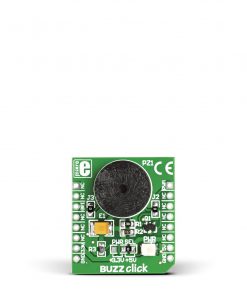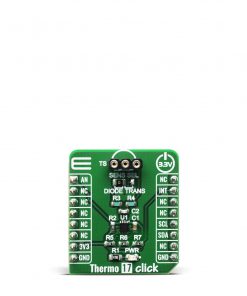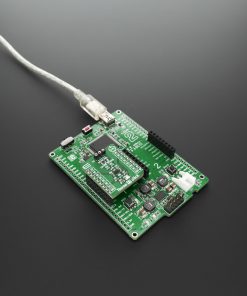-
×
 4-20mA R Click
1 × R480.00
4-20mA R Click
1 × R480.00 -
×
 BUZZ Click
2 × R115.00
BUZZ Click
2 × R115.00 -
×
 Proximity Click
1 × R220.00
Proximity Click
1 × R220.00 -
×
 GSM2 Click
1 ×
GSM2 Click
1 × R965.00R868.50 -
×
 ccRF2 Click
2 ×
ccRF2 Click
2 × R800.00R720.00 -
×
 microSD Click
1 ×
microSD Click
1 × R355.00R319.50 -
×
 HYDROGEN Click
1 ×
HYDROGEN Click
1 × R335.00R301.50 -
×
 RS485 Click 5V
1 × R235.00
RS485 Click 5V
1 × R235.00 -
×
 RTC 2 Click
1 ×
RTC 2 Click
1 × R465.00R418.50 -
×
 Alcohol 3 Click
1 ×
Alcohol 3 Click
1 × R710.00R639.00 -
×
 Accel Click
1 ×
Accel Click
1 × R355.00R319.50 -
×
 GSM-GPS Click
1 ×
GSM-GPS Click
1 × R1,350.00R1,215.00 -
×
 BEE Click
1 ×
BEE Click
1 × R800.00R720.00
Subtotal: R7,406.50





















